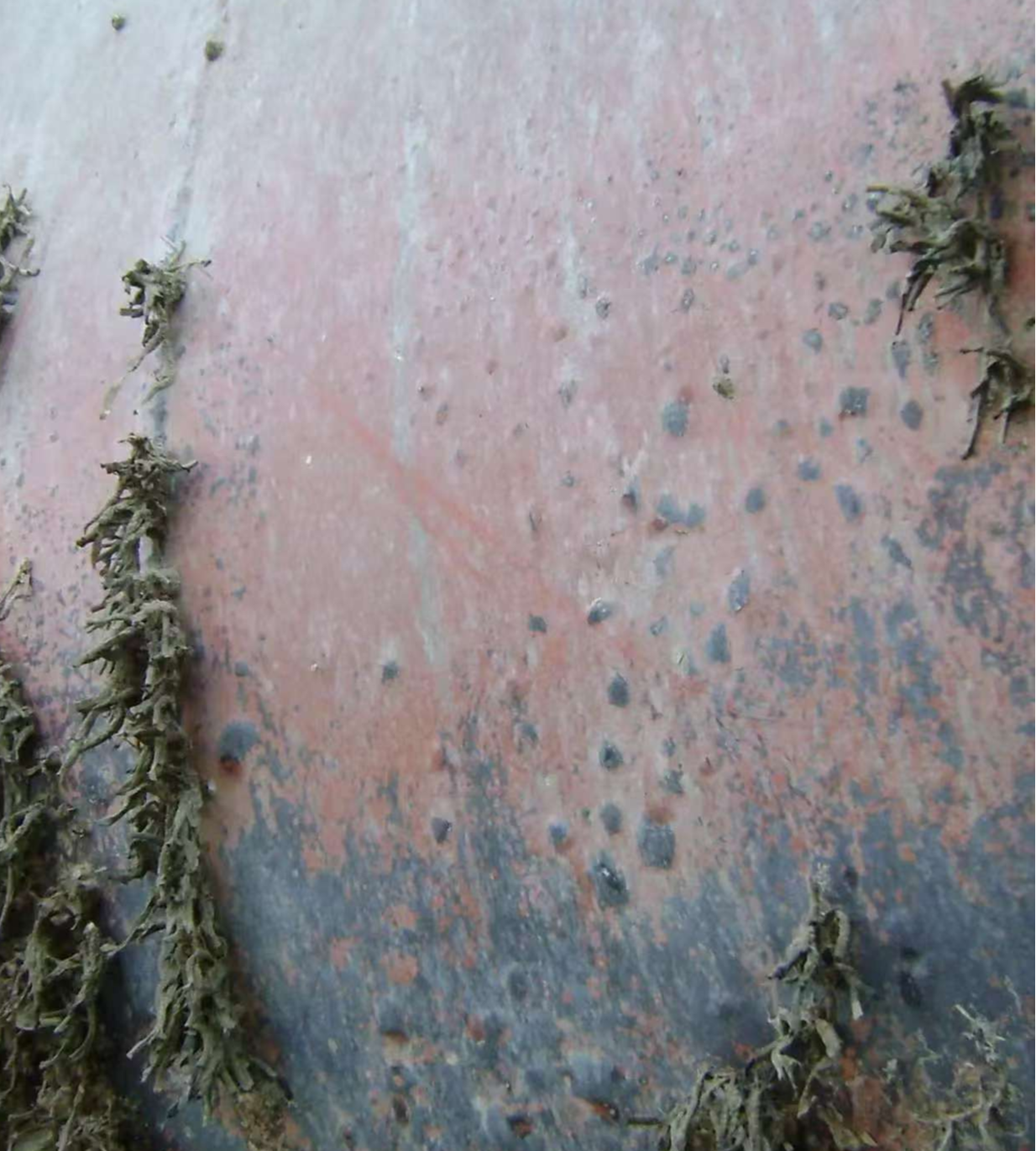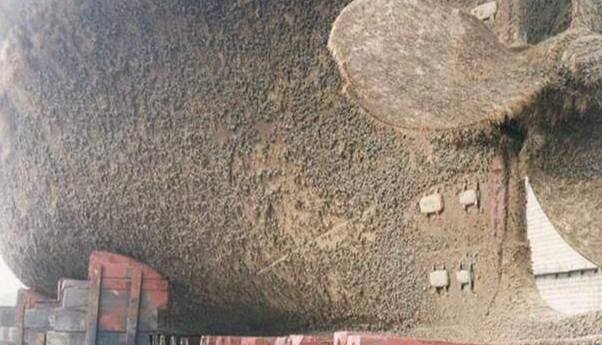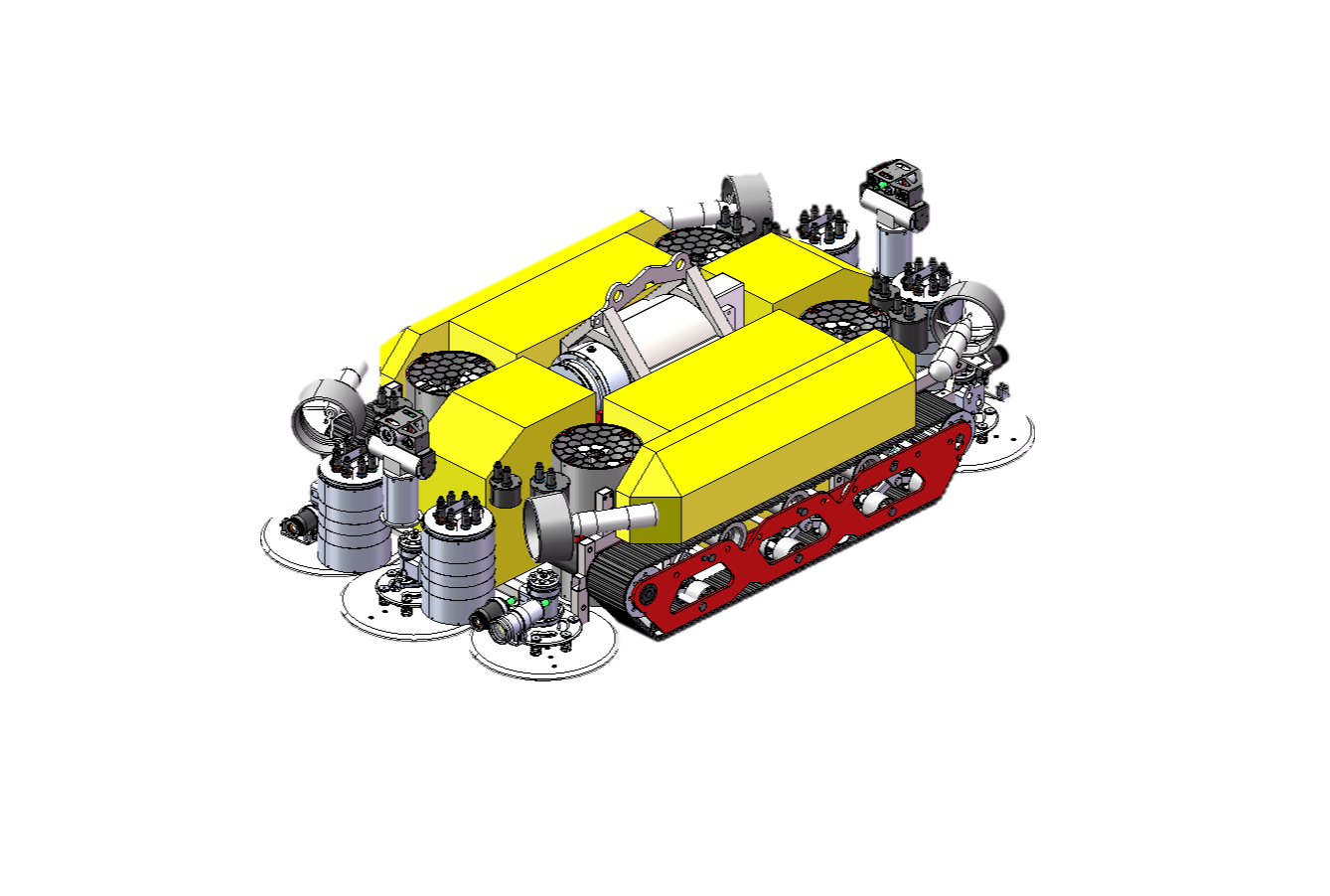VVLAI focuses on addressing clients' needs for hull cleaning. Ships navigating in water for extended periods often experience bio-fouling, with algae and barnacles attaching to the hull, increasing drag, fuel consumption, and even causing corrosion that shortens the ship’s lifespan. Current manual cleaning relies on divers, which is not only inefficient and costly but also poses certain risks. The hull cleaning robot uses intelligent control and high-strength, corrosion-resistant brushes to clean the hull surface, operating by magnetic adsorption on the hull.
Underwater Cleaning refers to the process of removing algae, barnacles, and other marine organisms from the hull of ships that spend extended periods in water. These organisms increase sailing resistance, leading to a 15%-40% rise in fuel consumption, and may also corrode the hull, shortening the vessel’s service life. According to statistics, global ship hull cleaning costs approach $10 billion annually. Currently, cleaning relies on divers, which is not only inefficient and costly but also poses safety risks. In some developed countries, strict restrictions are imposed on manual cleaning operations.
With the advancement of robotics technology, hull cleaning robots have emerged as a solution. These robots integrate intelligent control, sensor technology, and materials science. Our company offers two cleaning methods: brush cleaning and cavitation cleaning. The high-strength, wear-resistant brushes effectively remove dirt while minimizing hull damage. Robots equipped with high-pressure pump systems use filtered seawater for efficient cavitation cleaning.
These intelligent technologies extend the service life of marine facilities, reduce maintenance costs and operational risks, and contribute to the sustainable development of the marine economy. As technology continues to evolve, underwater cleaning is becoming an indispensable part of the global maritime industry.




